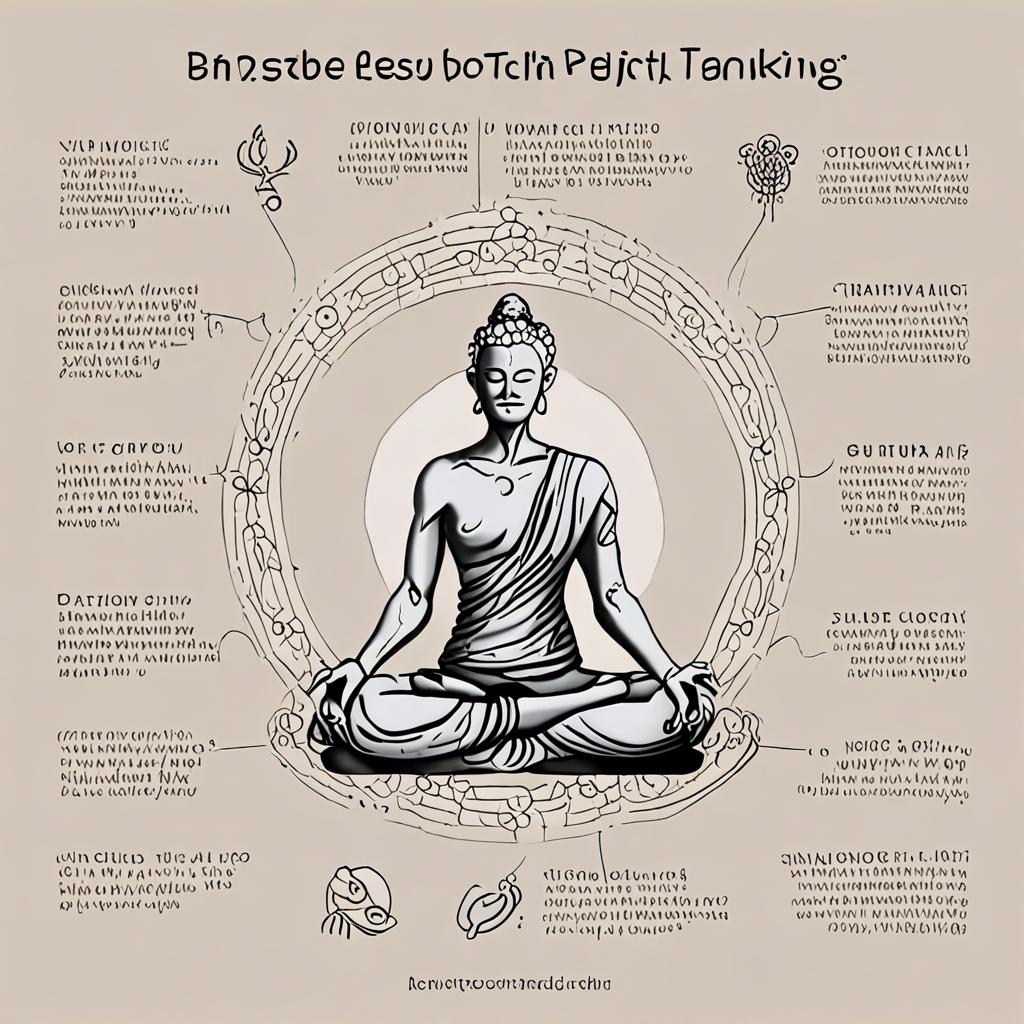Introduction
In today’s world, awash with information, the ability to think critically is more vital than ever. Critical thinking empowers you to analyze, evaluate, and ultimately make well-informed decisions, rather than being swayed by superficial opinions or emotional reactions. To cultivate this essential skill – how to think critically – it’s crucial to adopt a framework that promotes clarity and objectivity. By incorporating principles of Zen clarity into your critical thinking process, you can significantly enhance your self development and problem solving capabilities. This article breaks down critical thinking into five actionable steps: question, analyze, evaluate, detach, and apply. Each step is designed to provide clarity and insight, paving the way for a deeper understanding of the issues we encounter daily.
Question
The first step in effective critical thinking is to question everything. This involves challenging assumptions and exploring the validity of presented information. Begin by asking open-ended questions that delve into the heart of the matter. For example, instead of passively accepting a fact, inquire about its source, context, and potential biases. This process encourages deeper engagement with the subject, fostering a sense of curiosity that drives further investigation. Embracing a questioning mindset is crucial for breaking down complex problems and laying the groundwork for more informed analysis.
Analyze
Once you’ve established a foundation of inquiry, the next step is to analyze the information you’ve gathered. This involves organizing the data, identifying patterns, and deconstructing the arguments presented. It’s essential to differentiate between facts and opinions, and to assess the credibility of your sources. Utilize tools like SWOT analysis (Strengths, Weaknesses, Opportunities, and Threats) or mind mapping to visualize relationships and hierarchies within the information. Analyzing allows you to synthesize diverse perspectives, highlighting critical details that might otherwise be overlooked.
Evaluate
The third step in the critical thinking process is to evaluate the information and analyses you’ve conducted. Reflect on the validity of the arguments and the strength of the evidence you’ve uncovered. This step requires a sharp eye for logical fallacies, biases (both yours and others’), and inconsistencies. It’s also essential to assess the implications of various conclusions and how they align with your own values and beliefs. By diligently evaluating the evidence, you’ll be better equipped to make sound decisions based on well-reasoned judgments, ultimately boosting your problem-solving skills.
Detach
To further sharpen your critical thinking skills, practicing detachment, informed by Zen clarity, is crucial. This means consciously removing emotional biases that could cloud your judgment during the evaluation process. By adopting a more objective viewpoint, you can view situations without personal agendas or preconceived notions getting in the way. Techniques such as mindfulness meditation can help foster this clarity, allowing you to cultivate awareness and presence in the moment. Through detachment, you can approach problems with an open mind and engage critically without being hindered by subjective feelings, leading to more effective problem solving.
Apply
After questioning, analyzing, evaluating, and detaching, the final step is to apply your critical thinking skills to real-life situations. Use your newfound insights to make informed decisions and solve problems more effectively. This step is vital for translating theoretical understanding into practical action and promoting self development. Whether you’re tackling everyday challenges or navigating complex professional situations, your ability to think critically will enable you to approach life with increased confidence and competence. As you continuously practice these steps, you’re not just learning how to think critically, you’re also cultivating a mindset of continuous growth and self development.
Conclusion
In summary, critical thinking is a powerful skill that significantly enhances your self development and problem solving abilities. By consistently applying the five steps – questioning, analyzing, evaluating, detaching, and applying – you’ll develop a robust framework for understanding complex issues. Integrating Zen clarity into your thought process helps to minimize biases and emotional interference, enabling you to address challenges more effectively. As you implement these strategies, remember that critical thinking isn’t a one-time activity, but rather an ongoing journey of growth and learning. Embracing this journey will lead you to greater insight and improved decision-making in all areas of your life.



